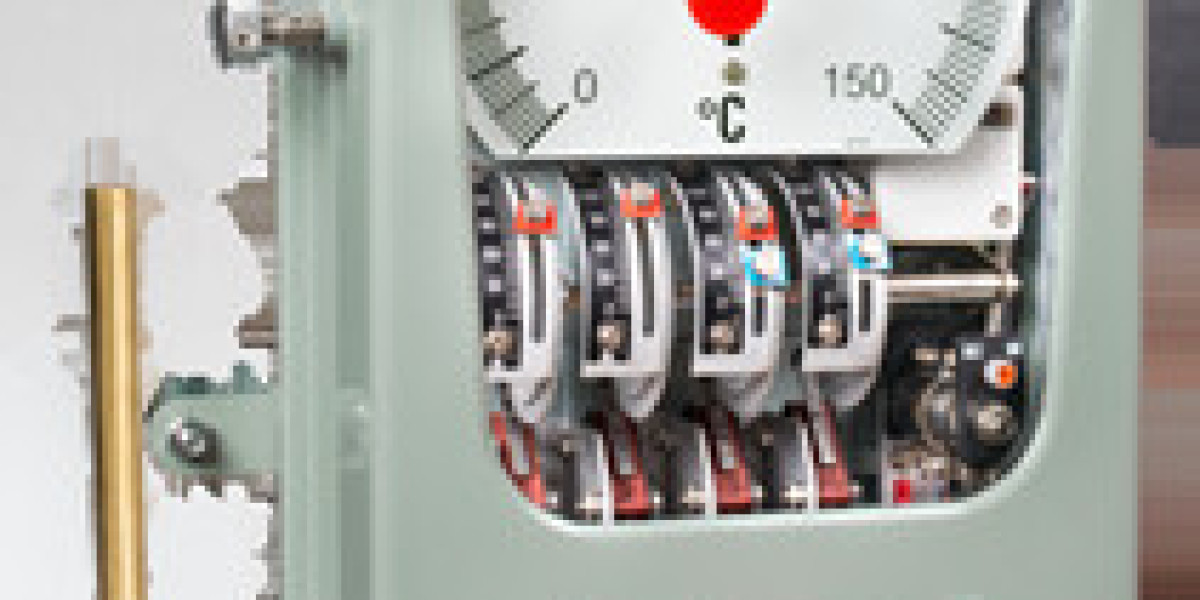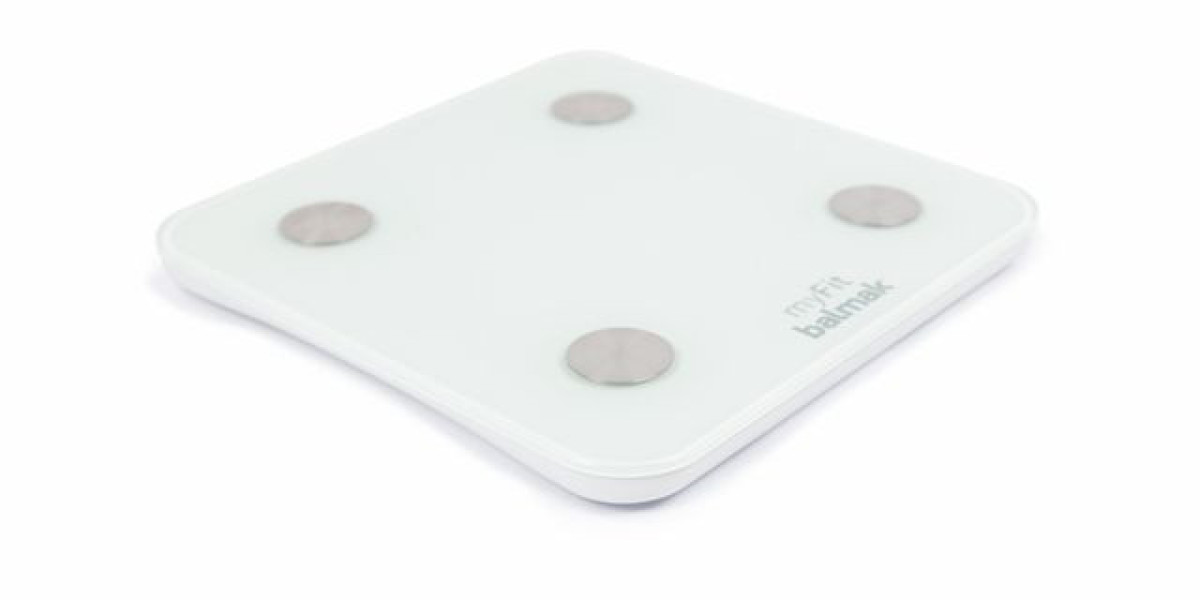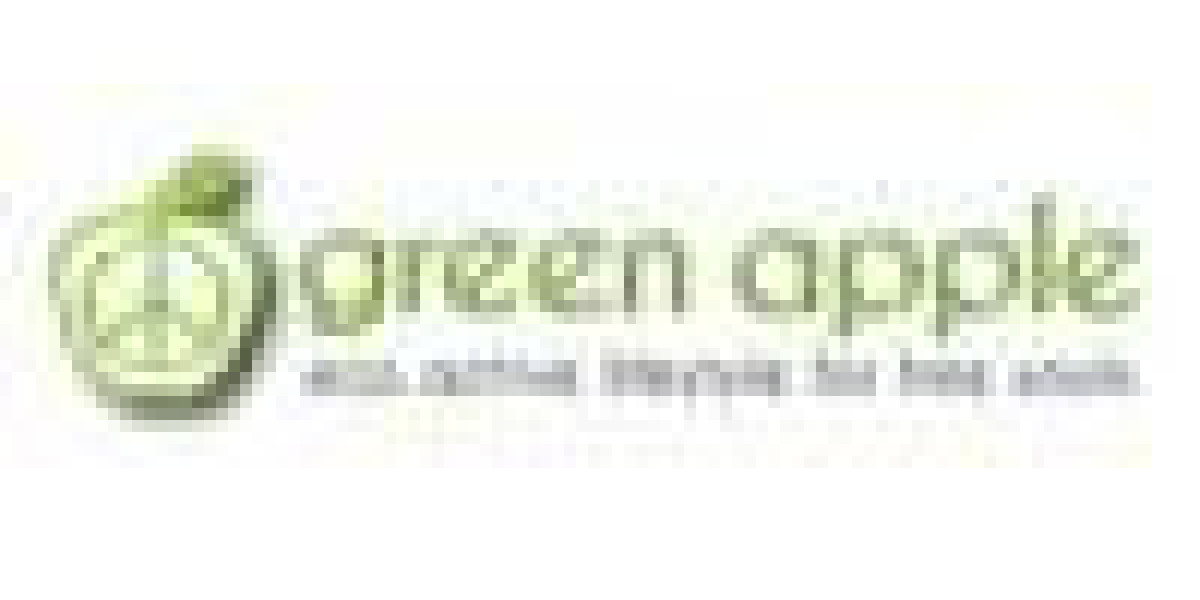Introduction:
Temperature is more than simply a number on a thermometer; it is an ever-present force that affects every aspect of our everyday life. It affects everything from the food we eat to the clothes we wear, controls the natural processes in the world, and shapes our climate. Many techniques and tools have been created in the wide field of temperature monitoring to capture this essential feature of our surroundings. Come along as we explore the relevance, development, and variety of approaches related to temperature measurement.
The Significance of Temperature Measurement:
Temperature is an essential metric in many domains, such as industry, science, healthcare, and environmental monitoring, and it is not just a parameter in meteorology. Reliability in temperature measurement is essential for everything from tracking global warming to guaranteeing perishable items are safe in transit.
Evolution of Temperature Measurement:
Temperature measuring has its roots in ancient cultures, when crude techniques such as the use of glass tubes filled with mercury were used. Technological developments over time have resulted in the creation of increasingly complex instruments, including thermistors, infrared thermometers, thermocouples, and resistance temperature detectors (RTDs).
Exploring Thermometers:
The most well-known devices for measuring temperature are thermometers, which come in a variety of designs, each intended for a particular use. Despite their negative effects on the environment, mercury thermometers were widely used because of their accuracy and dependability until recent years, when digital substitutes became more popular. Digital thermometers, which include thermocouples and RTDs, are essential in industrial and laboratory environments because they provide quick and accurate readings.
Thermocouples:
The Seebeck effect is used by thermocouples, which are made up of two distinct metal wires, to measure temperature. They are perfect for high-temperature applications including metallurgy, aircraft, and exhaust gas monitoring because of their ease of use, broad temperature range, and durability.
Resistance Temperature Detectors (RTDs):
RTDs offer extremely precise readings over a broad temperature range since they operate on the concept that electrical resistance changes with temperature. RTDs, which are often constructed of platinum, are used in industrial operations, climate monitoring, and precise temperature measurement.
Thermistors:
The resistance of thermometers, which are semiconductor-based temperature sensors, significantly changes as a function of temperature. They are appropriate for use in consumer electronics, automotive systems, and medical devices due to their tiny size, quick response time, and high sensitivity.
Infrared Thermometers:
By identifying the heat radiation that an object emits, infrared thermometers provide non-contact temperature measurement. Infrared thermometers are highly valued for their speed, ease, and remote temperature measurement capabilities. They are widely utilized in several industries, including food processing, HVAC, and automotive.
Challenges and Innovations:
Although there have been significant breakthroughs in temperature measuring, issues with calibration, precision, and the influence on the environment still exist. Along with developing more environmentally friendly mercury thermometer substitutes, efforts are also being made to improve sensor technology and calibration methods to increase temperature sensor accuracy and dependability.
Future Prospects:
Thanks to developments in artificial intelligence, nanotechnology, and materials science, temperature measurement has a bright future. The way we perceive and interact with temperature data is set to change dramatically with the introduction of innovations like wearable temperature sensors for health monitoring, smart temperature-controlled systems for energy efficiency, and small sensors for Internet of Things applications.
Conclusion:
An essential part of everyday life, temperature measurement involves a wide range of techniques and tools, each with specific benefits and uses. The development of temperature measurement, from antiquated mercury thermometers to contemporary infrared sensors, is a reflection of humanity's unwavering pursuit of accuracy, economy, and sustainability. Let us embrace innovation while respecting the age-old principles that guide our understanding of temperature and its tremendous effects on the world around us as we continue to navigate the thermometric terrain.








